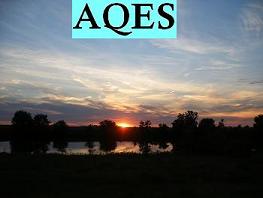
| Home | Group Members | Research Areas | Research Facilities | Research Collaborations | Classes | Publications | News & Awards | Directions to NCEL |
Contact Info:
Mark J. Rood, Ph.D.
Ivan Racheff Professor of Environmental Engineering
Department of Civil and Environmental Engineering
University of Illinois
3230E Newmark Lab, MC-250
205 N. Mathews Ave.
Urbana, IL 61801 USA
Tel. (217) 333-6963
Fax. (217) 333-9464
mrood@illinois.edu
Quantifying Plume Opacity Using Digital Imaging Technique
|
The United States Environmental Protection Agency (USEPA) developed Method 9 to describe how plume opacity can be quantified by humans. However, use of observations by humans introduces subjectivity, and is expensive due to semiannual certification requirements of the observers. The Digital Opacity Method (DOM) was developed to quantify plume opacity at lower cost, with improved objectivity, and to provide a digital record. Photographs of plumes were taken with a calibrated digital camera under specified conditions. Pixel values from those photographs were then interpreted to quantify the plume's opacity using a contrast model and a transmission model. The contrast model determines plume opacity based on pixel values that are related to the change in contrast between two backgrounds that are located behind and next to the plume. The transmission model determines the plume's opacity based on pixel values that are related to radiances from the plume and its background. DOM was field tested. Results are encouraging and support the use of DOM as an alternative to Method 9. This project was funded by the US Army Corp of Engineers Construction Research Laboratories. My findings on this topic are presented through three papers. We have submitted one patent application for this method. An ASTM working committee ("Digital Opacity Optical Method to Quantify Ambient Plume Opacity", Work Item No. WK11380) has been organized to standarize our DOM technology.
Smoke generator at the Illinois EPA smoke school
DOM Publications
|
